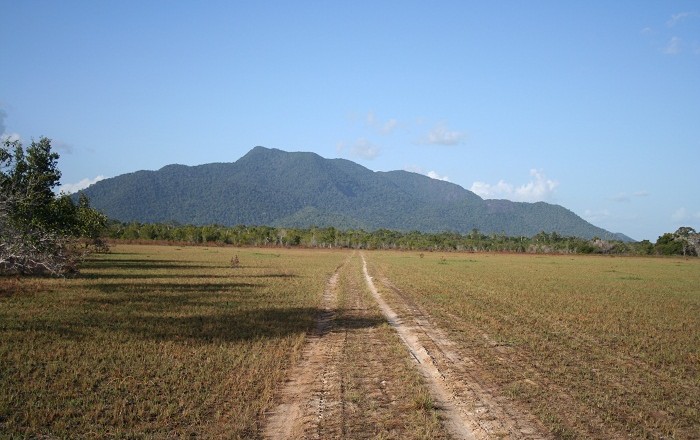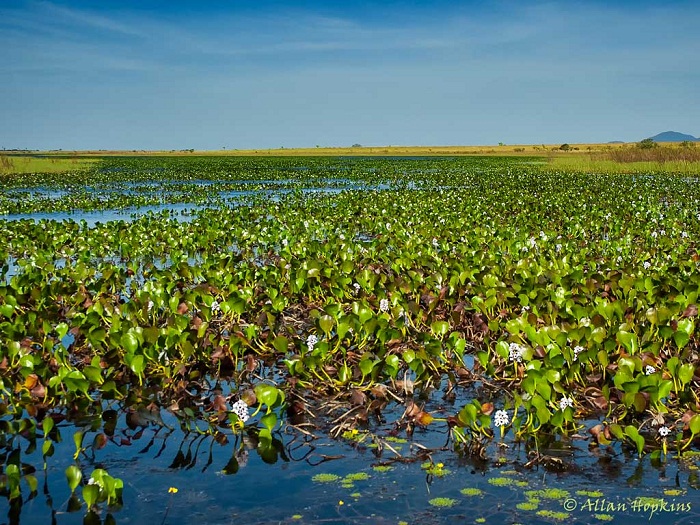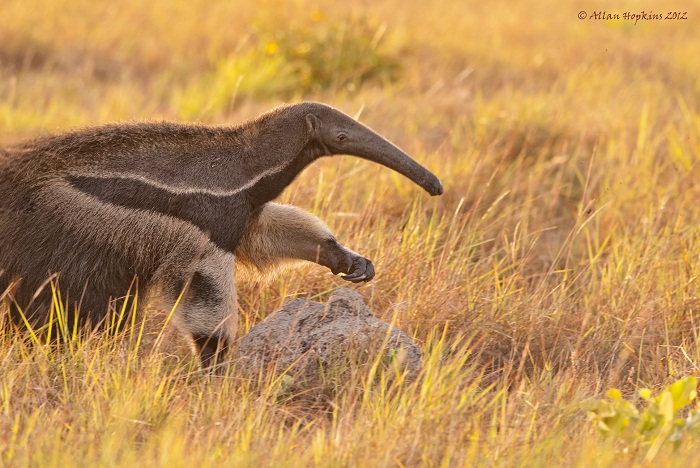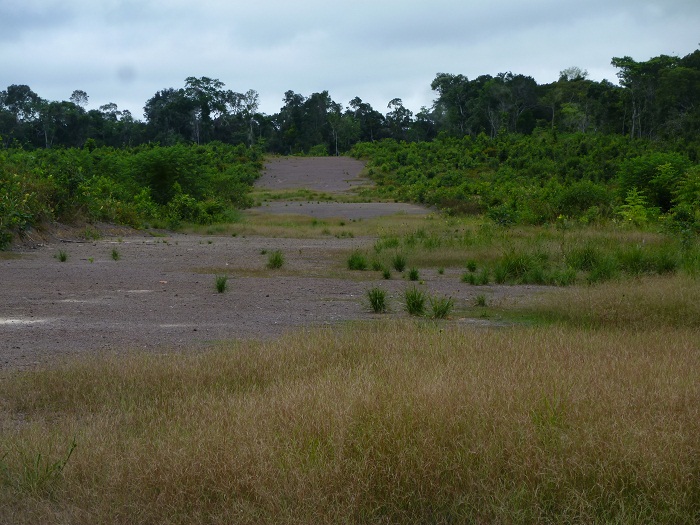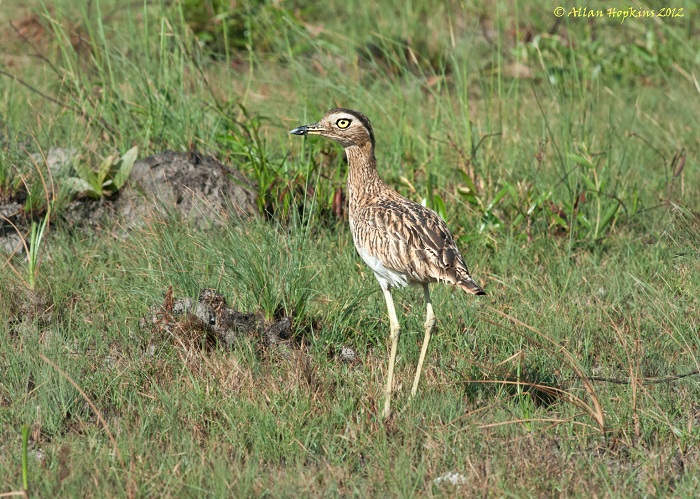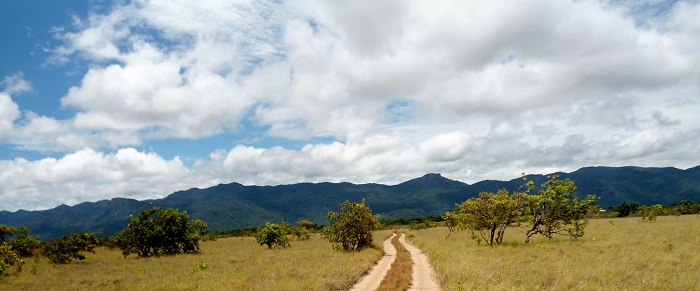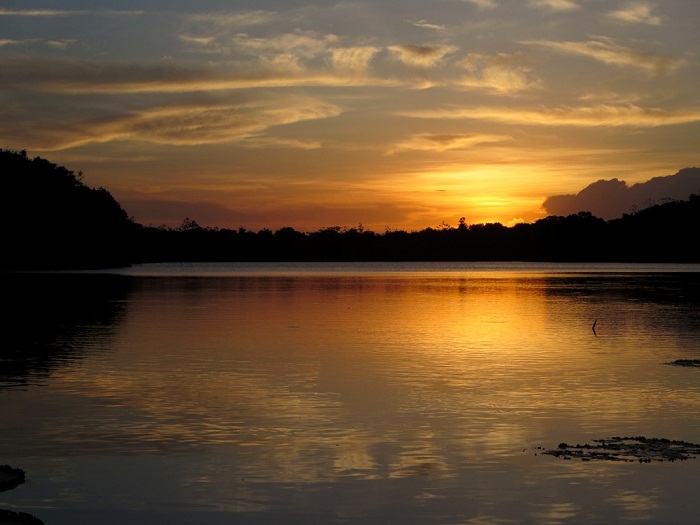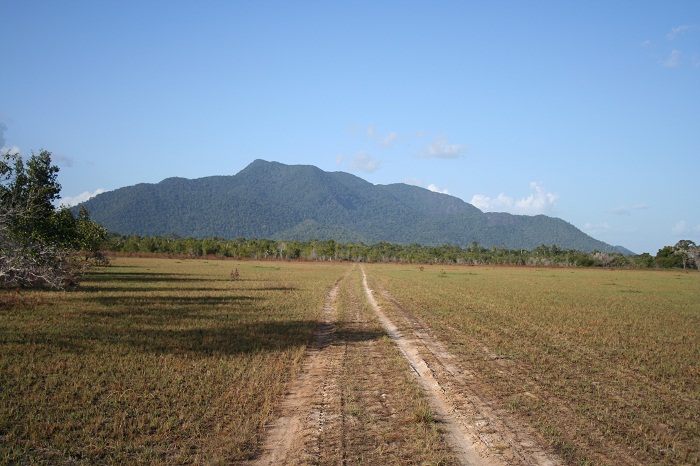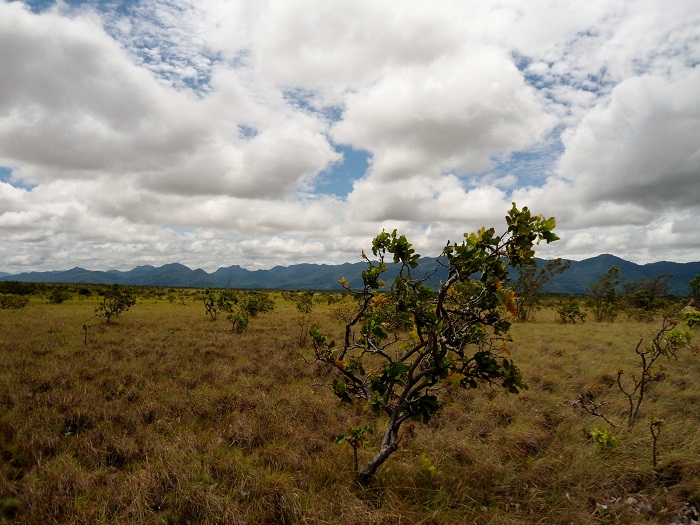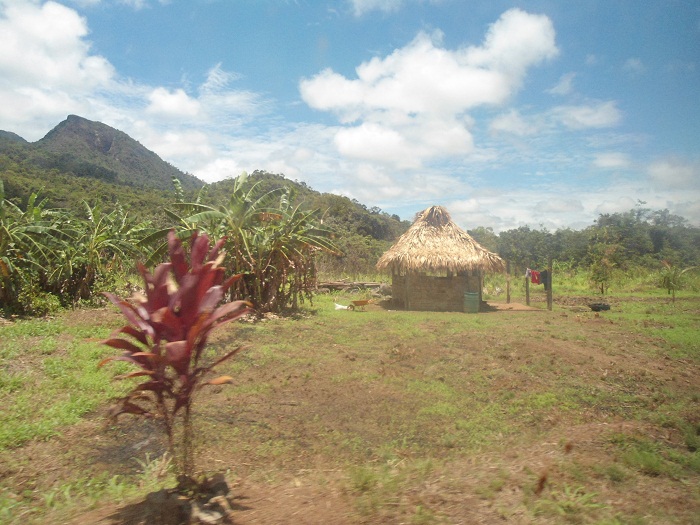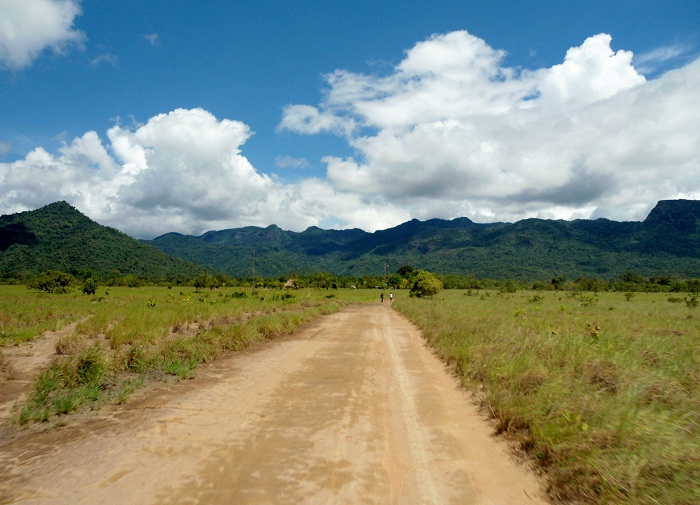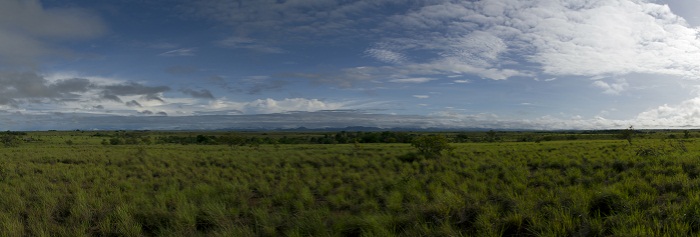Rupununi Savannah is a savanna plain, an eco-region, located in the Upper Takutu-Upper Essequibo region of the Co-operative Republic of Guyana.
As it is one of the most unique and diverse ecosystems in Guyana, it is home to more than 9,000 species, including about 2,000 vertebrates and many species that are highly endangered globally. Located between the Rupununi River and the border with Brazil and Venezuela, it is among the last places on the planet that are still untouched.
Divided into North and South Rupununi by the Kanuku Mountains, the Rupununi Savannah is home to the Wapishana, Macushi, Wai-Wai and Patanoma indigenous people.
Their main occupations are cattle ranching for beef, Balatá bleeding to extract latex, farming peanuts, maize (corn), cassava, vegetables, fishing, hunting, craft work such as the manufacture of hammocks, leather articles, Nibbi furniture and bead-work and many others.
There are Amerindian villages dotted throughout the Rupununi Savannah, as well as many ranches worked by vaqueros (cowboys), some of whom are descendants of 19th century Scottish settlers. Until recently, the region’s ecosystems have been protected by its isolation.
Increasing interest in the region for gold mining, petroleum extraction, and large-scale agriculture, however, is beginning to threaten the spectacular wildlife and natural habitats of the Rupununi.
As pressure to “develop” the region increases, it is essential to have a strong baseline of species and habitat information for the Southern Rupununi, which is yet to be greatly discovered, in order to make sound management and conservation decisions.
Until then, with hope that the area won’t get “contaminated” from the globalization, people visiting the Rupununi Savannah can enjoy in the vast plains Guyana can offer.

